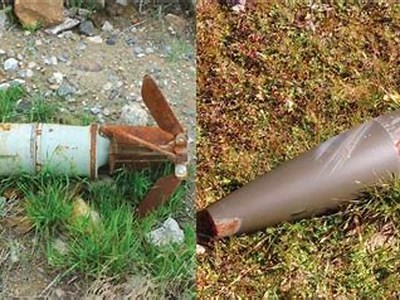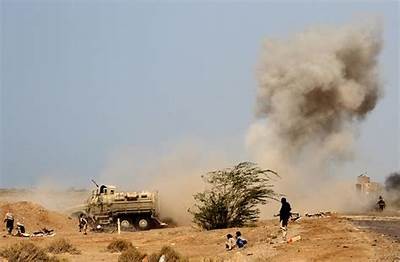Landmines have been a significant factor in modern warfare, impacting military strategies and civilian life. Despite their controversial nature, these devices continue to be deployed across conflict zones worldwide. This article aims to explore the multifaceted impacts and consequences of landmines, examining their historical context, deployment strategies, humanitarian crises, and long-term effects on affected populations.

The use of landmines dates back to ancient warfare; however, their modern implementation began during World War I and intensified during the subsequent global conflicts. Landmines serve primarily two purposes: to immobilize enemy troops and to create psychological fear. Understanding the lineage of these devices is essential to appreciate their role in contemporary military operations.

There are two primary types of landmines: anti-personnel mines and anti-tank mines. Anti-personnel mines are designed to injure or kill individual soldiers, while anti-tank mines target vehicles. Both types can be triggered by pressure, tripwires, or remote control, complicating demining efforts significantly after a conflict ends.

In contemporary warfare, landmines are not merely used for defense but are strategically placed to influence the movements of both adversaries and civilians. Militaries often deploy landmines to protect key locations, impede enemy maneuvers, and create controlled zones of conflict. The strategic nature of landmine use complicates ceasefire agreements and peace negotiations.

The humanitarian consequences of landmines are profound. As conflicts conclude, the remnants of landmines pose a lethal threat to civilian populations. Studies reveal that thousands of civilians die or suffer severe injuries each year due to accidental detonations. Children are particularly vulnerable, often falling victim while playing or exploring their environments.

Beyond immediate injury and loss of life, landmines have a long-term economic impact on affected regions. Areas contaminated with mines become uninhabitable, hindering agricultural activities and obstructing infrastructure development. The cost of demining efforts can be astronomical, placing additional burdens on already strained national budgets. Psychological Effects
The psychological impact of landmines extends to individuals and communities. The fear of unknown dangers can deter movement, restrict access to resources, and lead to widespread anxiety. Survivors of landmine accidents often suffer from long-term mental health issues, including PTSD and depression, which further complicates community recovery. Global Response and Regulations
In response to the humanitarian crises caused by landmines, international treaties such as the Ottawa Treaty were established to ban anti-personnel mines. However, enforcement and adherence to these treaties remain inconsistent. Countries that continue to use mines present a significant challenge to global disarmament efforts, often citing security concerns as justification. Case Studies of Landmine Impact
Various conflict regions highlight the devastating consequences of landmine use. In places like Cambodia and Afghanistan, extensive minefields have crippled societies for decades. Through detailed case studies, we can illustrate the complex interplay between military objectives and humanitarian outcomes. The Future of Landmines in Warfare
As military technologies evolve, the future of landmines remains uncertain. Developments in autonomous weapons and artificial intelligence could change how mines are deployed and neutralized. However, the ethical implications surrounding these advancements warrant careful consideration to prevent exacerbating existing humanitarian crises. Conclusion
Understanding the impact and consequences of landmines in modern warfare is crucial for both policymakers and humanitarian organizations. As conflicts persist and evolve, so too must our strategies for addressing the legacies of these devices. Effective demining efforts, education, and international cooperation are essential to mitigate the devastating effects of landmines on affected populations. Related Tags
转载请注明:willbet Free Online Games » wisdom of athena 1000 » Understanding the Impact and Consequences of Landmines in Modern Warfare Conflicts